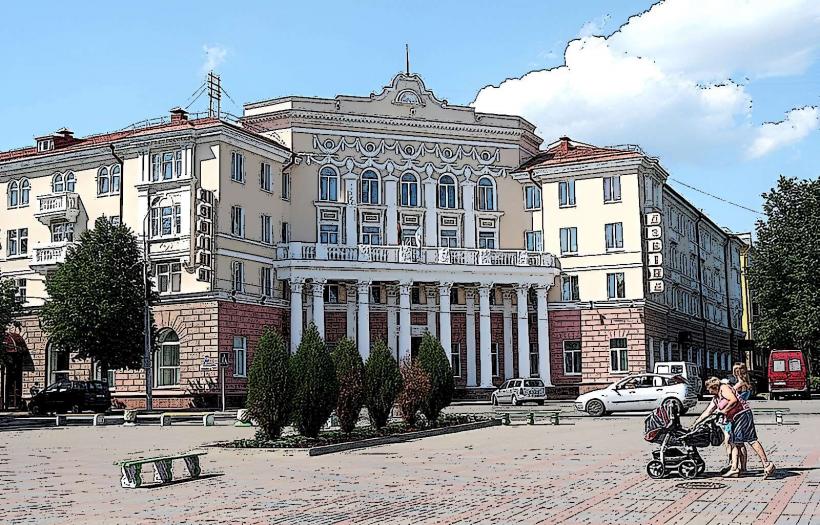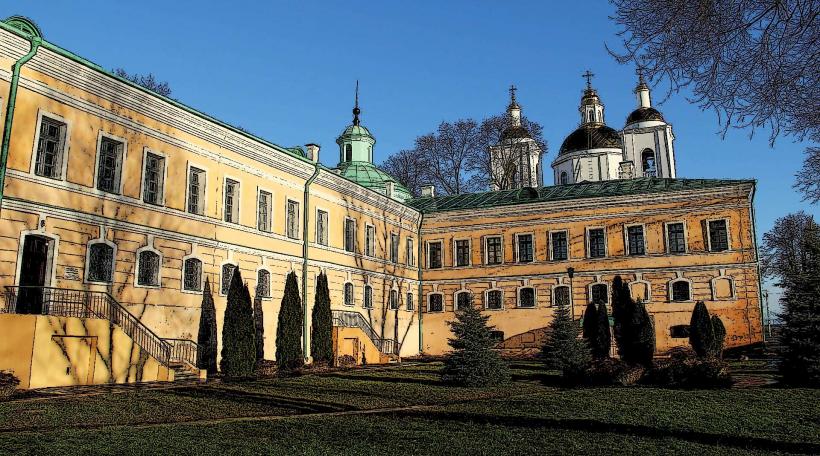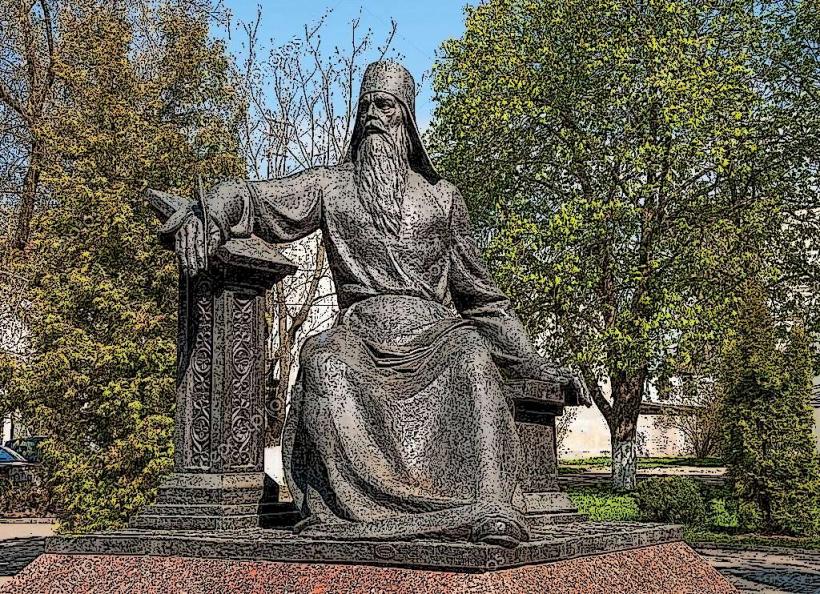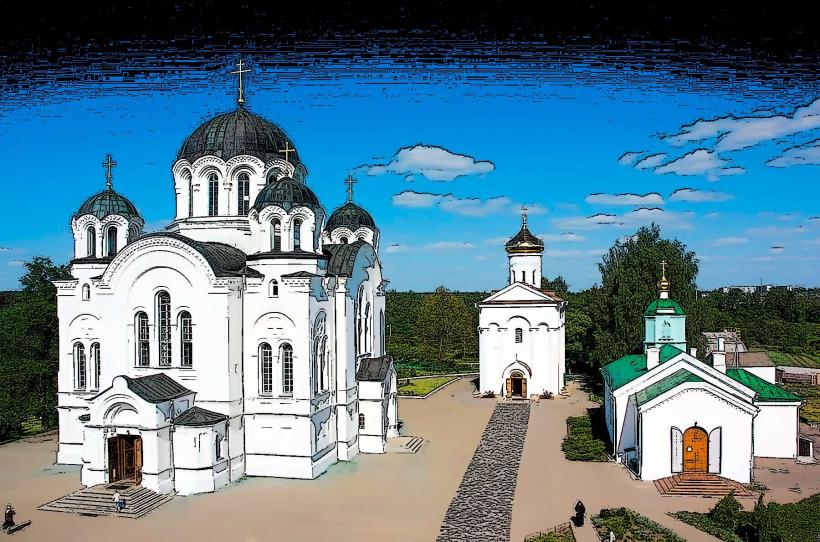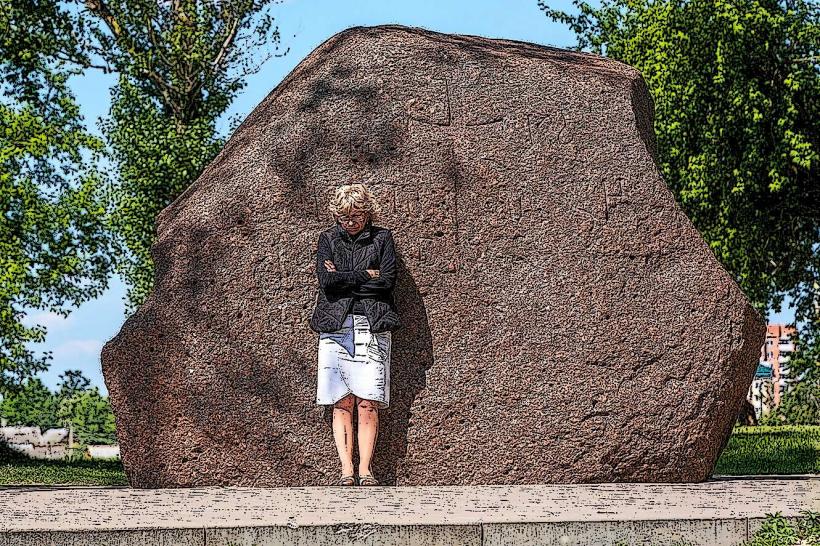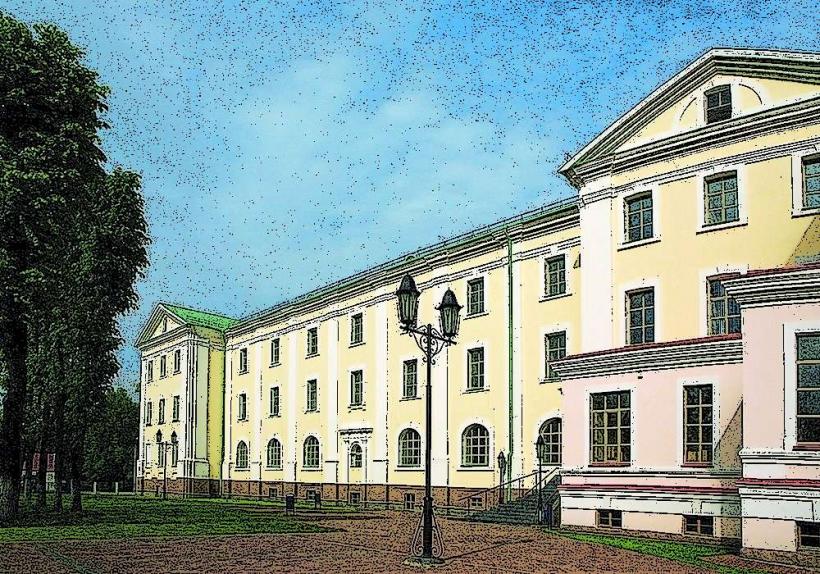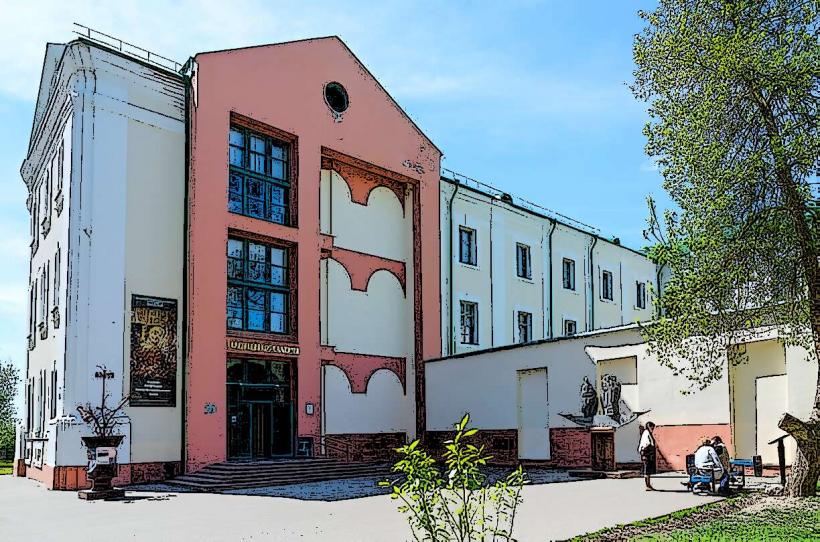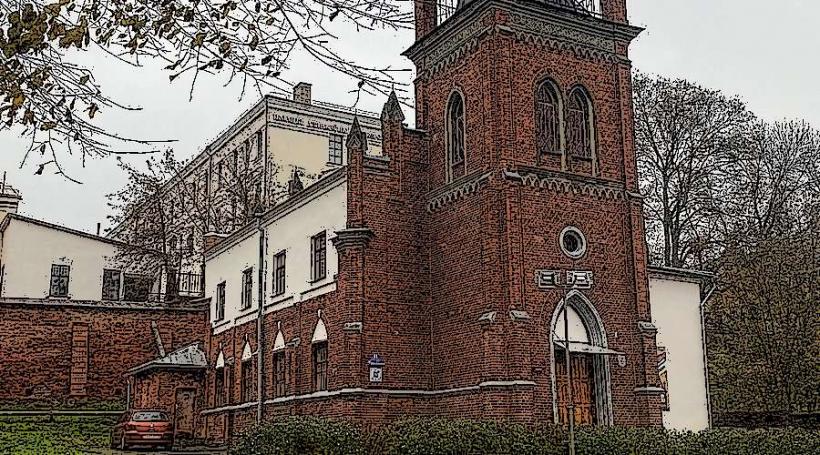Information
Landmark: Saint Sophia CathedralCity: Polotsk
Country: Belarus
Continent: Europe
The Saint Sophia Cathedral in Polotsk, Belarus, is one of the most important historical and architectural landmarks in the country. It holds a prominent place in the history of Eastern Christianity and is a crucial part of Belarusian cultural heritage. Its significance lies not only in its architectural beauty but also in its historical role as a religious and cultural center.
1. Foundation and Early History:
The Saint Sophia Cathedral was founded by Vladimir of Polotsk, the Prince of Polotsk, who ruled the region during the early medieval period. Construction began around 1044 and was completed in 1066, making it one of the oldest surviving structures in Belarus. The cathedral was built in a period when the influence of the Byzantine Empire was widespread, especially after the Christianization of the Kievan Rus' by Grand Prince Vladimir of Kiev.
Vladimir of Polotsk, who was a relative of the Kievan Grand Prince Vladimir, sought to establish Christianity in his territory as part of a broader effort to align his people with the Christian world. Saint Sophia Cathedral was modeled after the Hagia Sophia in Constantinople (modern-day Istanbul), a major religious and architectural symbol of the Byzantine Empire. The cathedral's design and layout reflect the strong influence of Byzantine architecture, which was particularly characterized by its domed roof, spacious interiors, and elaborate mosaics and frescoes.
2. Architectural Features:
- Byzantine Influence: The cathedral is built in the Byzantine style, with a cruciform layout and a central dome. The structure was originally made of brick and featured large windows to allow light to illuminate the interior, creating a sense of heavenly radiance.
- Domed Structure: One of the defining features of the cathedral is its large central dome, which symbolizes the divine. The dome is flanked by several smaller domes, and this type of layout was common in Byzantine religious architecture. It was designed to draw the worshiper's attention upwards towards the heavens.
- Frescoes and Mosaics: The original interior of the cathedral was adorned with intricate frescoes and mosaics, many of which depicted scenes from the Bible and the life of Christ. These artworks were intended to educate the illiterate population in religious matters and were a crucial part of Orthodox Christian worship.
3. Role in Religion and Politics:
The Saint Sophia Cathedral was not only a place of worship but also a symbol of political power. The princes of Polotsk used the cathedral to assert their authority and their legitimacy as Christian rulers. The cathedral was a center for the Eastern Orthodox Church, and it became an important site for religious ceremonies and gatherings. It was often a site for the crowning of rulers and the baptism of new members of the princely family.
Over the centuries, the cathedral served as the religious and spiritual heart of the city of Polotsk and its surrounding region. It was an important site for pilgrimages, attracting worshipers from across the region. As a religious center, it also played a key role in the spread of Christianity in what is now modern-day Belarus.
4. Destruction and Rebuilding:
The cathedral has undergone significant changes and renovations over the centuries. In the 18th century, the original building suffered from deterioration due to natural disasters and wars. In 1772, after the First Partition of Poland, the church was closed by the Russian Empire, and its religious significance diminished.
In the 19th century, during a period of religious suppression, the cathedral was used for secular purposes, including as a warehouse. It wasn't until the early 20th century that efforts were made to restore the building to its former glory.
The most significant restoration took place in the 1950s, under Soviet rule, when the cathedral was partially reconstructed. This restoration aimed to preserve the historical architecture while adapting the building for use as a museum rather than a place of active worship.
5. Post-Soviet Era and Museum Function:
After the fall of the Soviet Union in 1991 and the declaration of Belarus's independence, the cathedral regained its role as a place of worship. However, the building also continues to function as a museum that displays the history of the cathedral and its importance to Belarusian culture and Orthodox Christianity. The museum showcases the cathedral's religious artifacts, including icons, liturgical objects, and historical manuscripts, many of which have been preserved since the cathedral's early days.
Today, the cathedral is part of the Polotsk Historical and Cultural Reserve, and visitors can explore its rich history and architectural beauty. While the cathedral serves as a museum and a site for occasional religious services, it is also a symbol of Belarus's deep connection to its Orthodox Christian heritage and its historical ties to the Byzantine Empire.
6. Cultural and Historical Importance:
Saint Sophia Cathedral is considered one of the most significant symbols of Belarusian and Eastern European religious and cultural history. As the oldest surviving Christian church in the country, it represents the region’s early Christian roots, which have shaped its religious, cultural, and architectural landscape for over a thousand years.
- The cathedral's position as a spiritual and political center made it a focal point for the development of Christianity in the region.
- Its Byzantine architecture, decorated interiors, and historical legacy serve as a reminder of the longstanding relationship between the East Slavic peoples and the Byzantine Empire.
- The building is a UNESCO candidate for its outstanding architectural value and historical significance.
7. Modern-Day Preservation:
Efforts to preserve the cathedral’s architectural integrity continue today, as both religious and secular groups work to maintain the site’s historical and cultural importance. The building’s restoration and conservation efforts have ensured that future generations can continue to appreciate and learn from the cathedral’s history.
Saint Sophia Cathedral in Polotsk stands as a living monument to the enduring cultural heritage of Belarus and Eastern Europe. It reflects the region’s religious traditions, artistic achievements, and the continuity of Christian culture through centuries of historical change.

